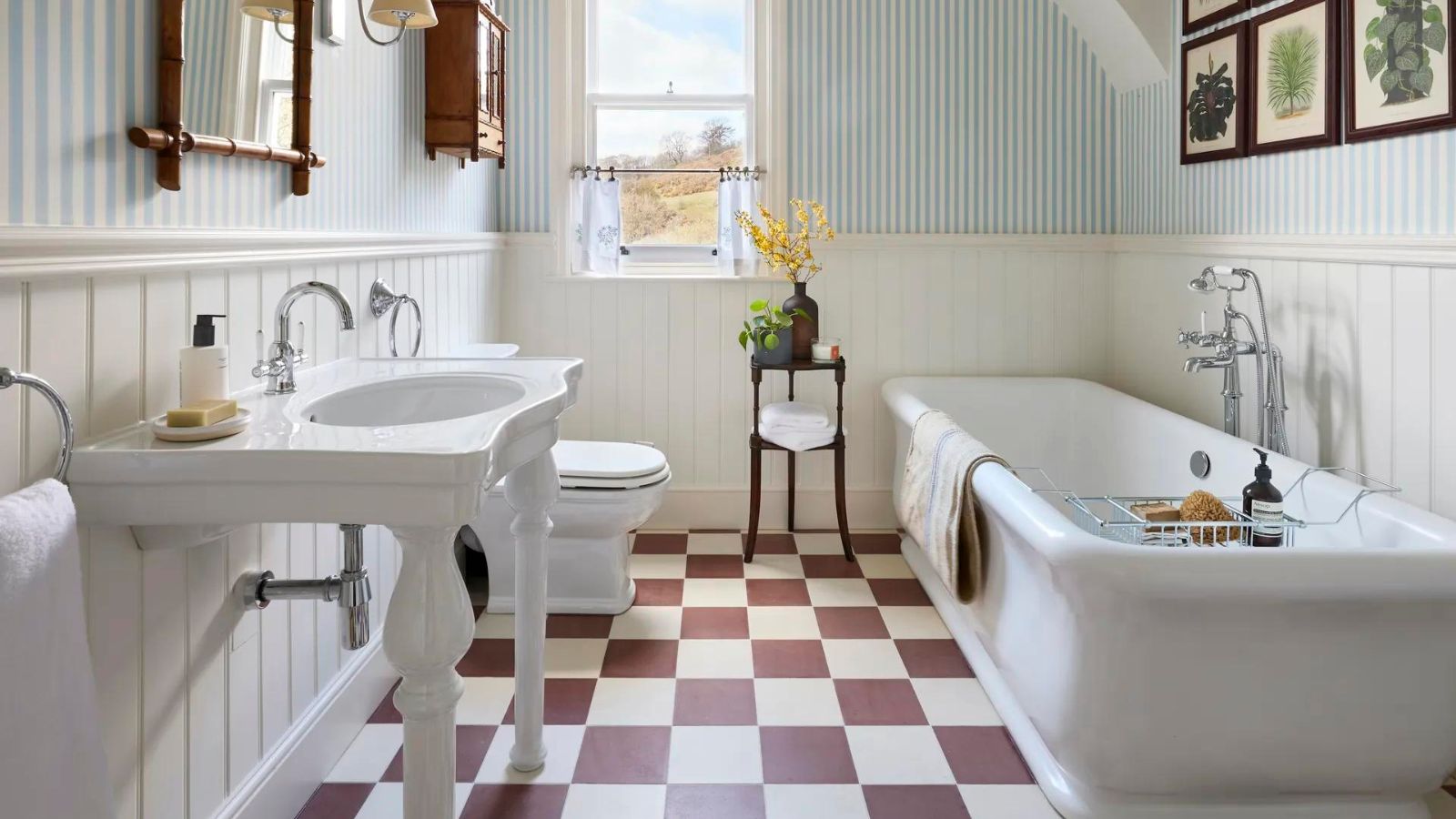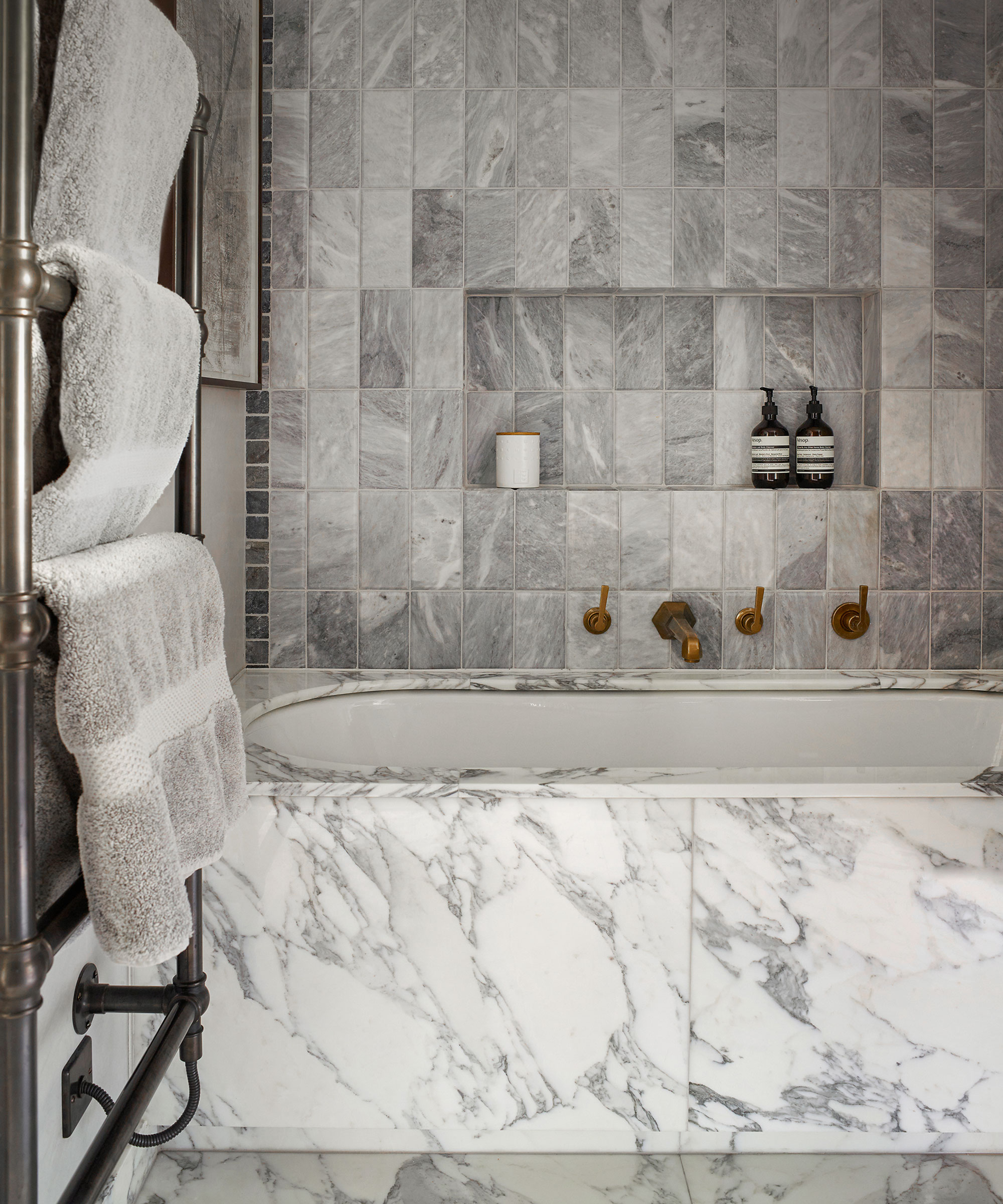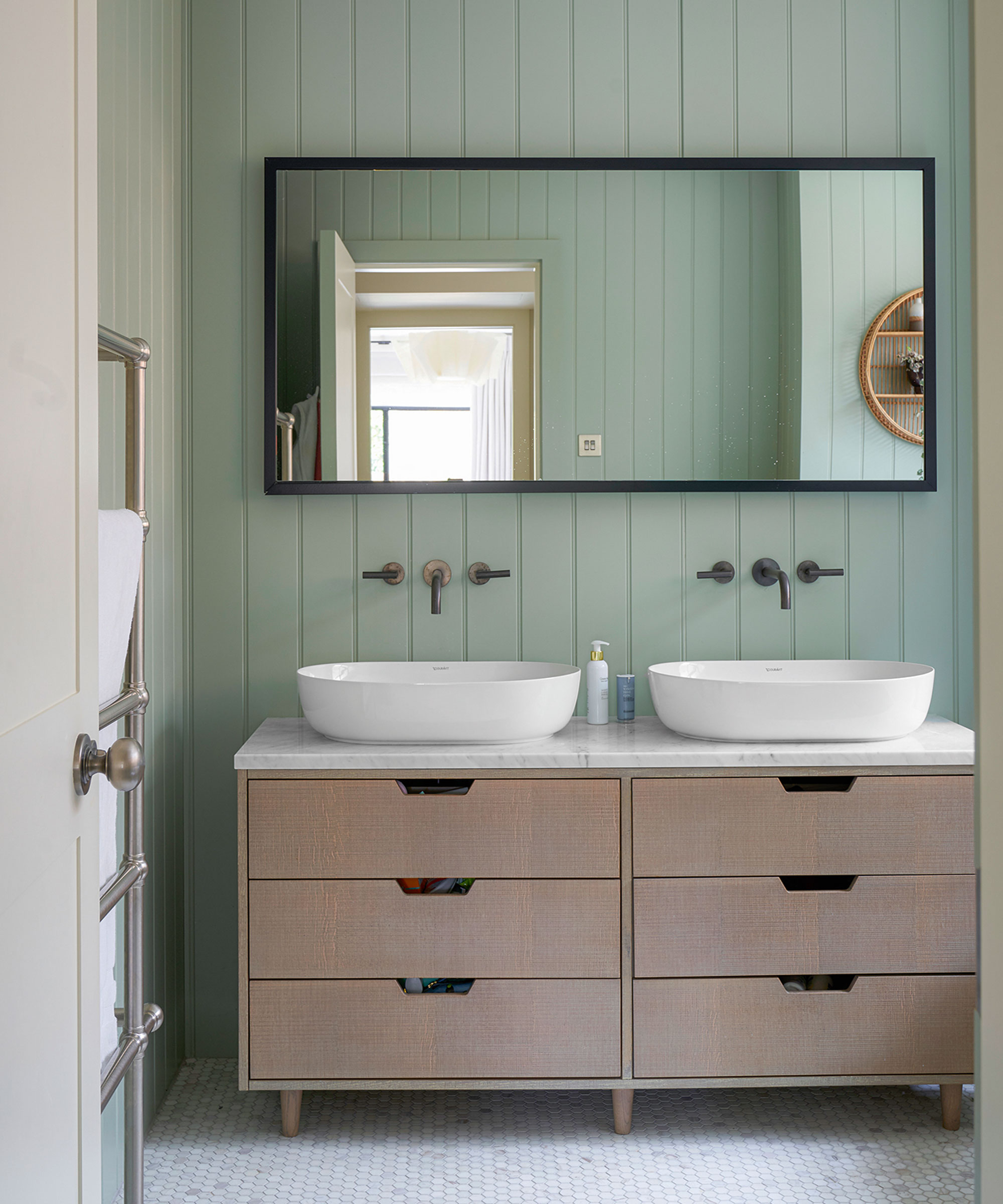
Our bathroom should be a calming sanctuary to bathe, relax, and occasionally enjoy some peace; a place of respite and rest. Therefore, positioning an air purifier in your bathroom correctly is important for maximizing its effectiveness in reducing humidity and pollutants, even if you already know how to clean a bathroom. These pollutants can then contribute to mold growth and unpleasant odors.
Due to its operational mechanics, an air purifier's efficiency is significantly influenced by its placement. Air purifiers draw in air from their surroundings, filter out impurities, and release clean air into the environment, so knowing where to place one ultimately determines if air purifiers are worth it or not.
Restricted airflow from poor placement can reduce efficiency by 30-50%, depending on the specific obstacles and room layout.
Where should you place an air purifier in a bathroom
Below our experts have provided a detailed breakdown of the optimal placements for an air purifier in a bathroom and how each position can enhance its performance:
1. Around the Shower or Bath area

The main reason why you should place an air purifier adjacent to the shower or bath is because these areas release steam into the air, which leads to a humidity problem and airborne particles. You may not realize, but air purifiers can help with allergies.
According to Jennie Bergman, Senior Product Manager of Indoor Environmental Air Quality at Trane Residential, by placing an air purifier here, you restrict the growth of mold spores and allergens that become active in areas of high humidity. Such particles are effectively trapped by an air purifier reducing the chance of their presence around those in the bedroom and hence improving the quality of air.
2. Beside the Toilet
If odor control is a primary concern, positioning the air purifier near the toilet can help capture and neutralize bathroom odors more effectively. Toilets can emit airborne smells and bacteria particles most especially when in use. These particles can be sucked in quickly by an air purifier placed close to the area, and the cleaner will further neutralize the particles.
High-quality air purifiers, such as the iAdapt 2.0 H13 HEPA Filter Air Purifier from Amazon can reduce airborne bacteria and odor particles by up to 99% when placed within a few feet of the source. Air purifiers will aid in the removal of obnoxious smells and lessen the circulation of bacteria through the air, thus giving a cleaner washroom.
3. Around the Sink and Vanity

Sinks can also harbor bacteria and germs, especially around the drain area. This is a normal feature of our routine endeavors such as brushing or washing one’s hands as this discharges contaminants and airborne particles into the air.
Placing an air purifier near the sink can help trap and eliminate these particles quickly allowing the air in the room to become fresher.
4. High-traffic Areas
Areas that are frequently used like bathroom areas are most likely to get dust particles, pet dander, and other irritating allergens.
Therefore, when used, the air purifier should be placed in a strategic area within the bathroom such that the air in the bathroom will circulate over the device or in an area within the bathroom that is characterized by constant airflow.
‘I suggest placing the air purifier centrally,’ says Nick Kornblith, senior product manager for Alen, leader in HEPA purification. ‘A central location ensures that the clean air is distributed evenly throughout the space, which is especially important in bathrooms with multiple areas of use, like those with separate shower and toilet areas.’
5. Away from Obstructions
When placing an air purifier in your bathroom, ensure the air purifier is not blocked by towels, furniture, or other items. Clear airflow around the device is crucial for its efficiency.
Proper air filtration gets rid of contaminants and enables air to flow freely inside the purifier, enhancing its effectiveness.
6. Take into account Room size
Aside from specific areas within your bathroom, Joshua Bartlett, home improvement expert at I’ll Just Fix It Myself, suggests you should first consider the actual size of the room when thinking about where to place your air purifier. When choosing an air purifier, ensure it can cover the size of your bathroom otherwise it will be insufficient to clean the air.
A good-sized air purifier, such as the LEVOIT Air Purifier from Amazon can regulate the air quality of small to medium-sized self-enclosures and can be left on for a long time, which reduces the need for it to be frequently replaced.
‘In larger bathrooms, a central location allows the air purifier to circulate air more effectively throughout the entire space,’ says Joshua. ‘This central placement can improve air intake and enhance the unit's overall efficiency, providing a clean air exchange rate of 4-6 times per hour, which is ideal for maintaining good air quality.’
Regular Air Purifier Maintenance and Additional Considerations:
As well as knowing where to place an air purifier in the bathroom, Josh Mitchell, HVAC technician and owner of Air Conditioner Lab, suggests there’s more you can do to optimize its effectiveness.
Filter Maintenance:
Regularly replacing or cleaning air purifier filters, especially in high-humidity environments like bathrooms, is crucial for maintaining efficiency. Clogged filters can reduce air intake by up to 60%, drastically impairing performance.
Ventilation Synergy:
To optimize air quality, use the bathroom's exhaust fan in conjunction with the air purifier. This dual approach can increase moisture removal and air purification efficiency by up to 40%.
FAQs
Should an air purifier be near a bathroom window?
In short, no. When using an air purifier in your bathroom, ensure your doors and windows are closed so that the air purifier can focus on cleansing the air from the bathroom, not from neighboring rooms or the outdoors.
Another tip on where you should place an air purifier in a bathroom is on a flat stable surface. This prevents tipping and ensures proper operation. Mid-level placement, around three feet off the ground, often captures both rising humid air and general airflow efficiently.







